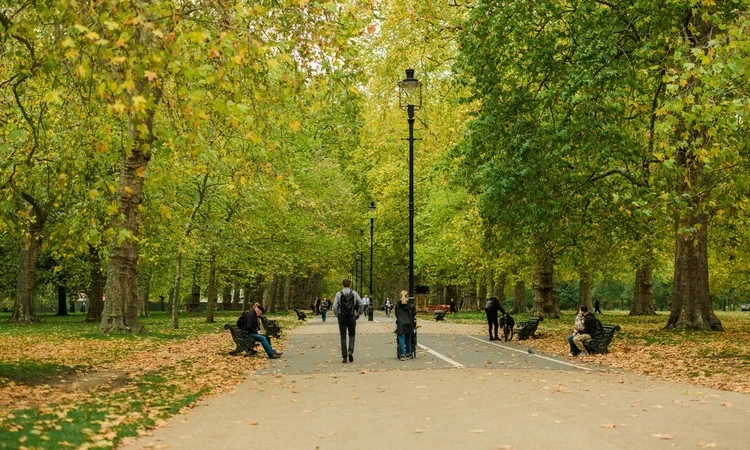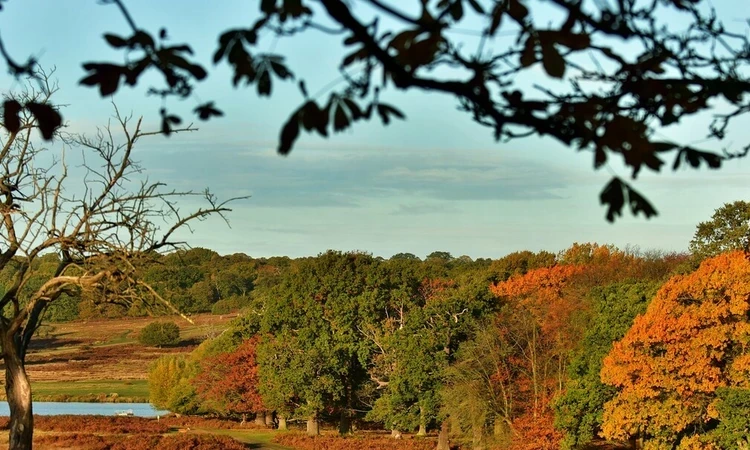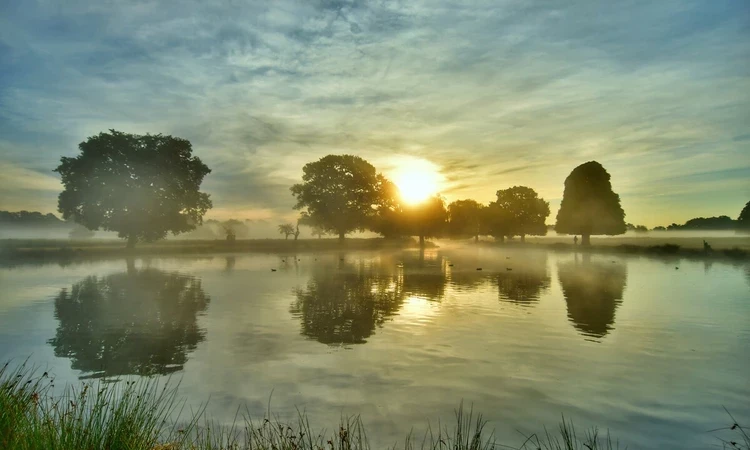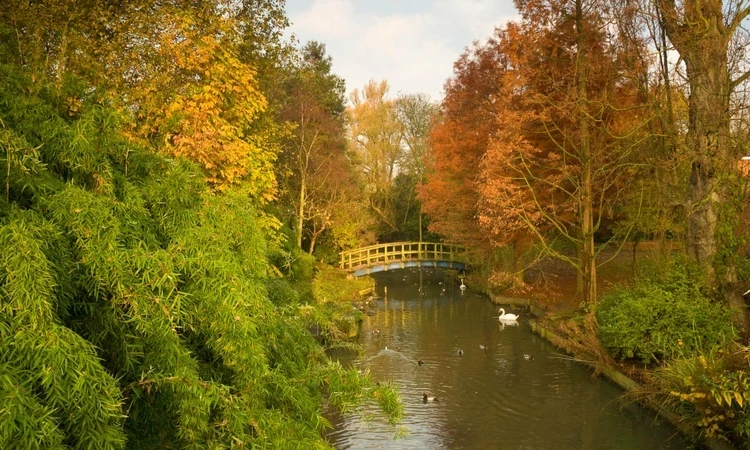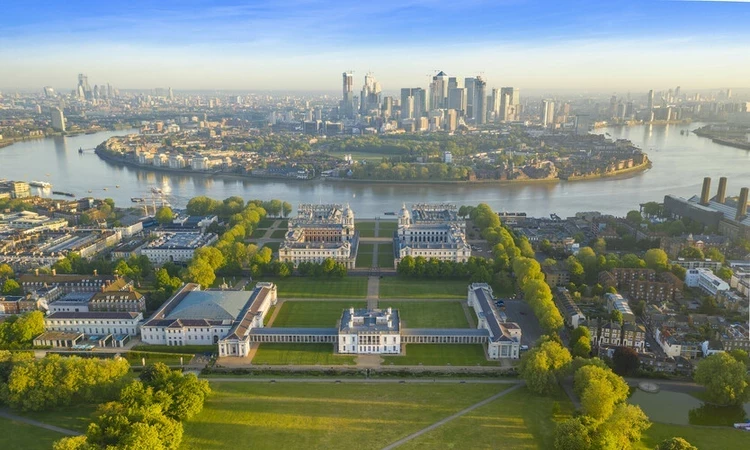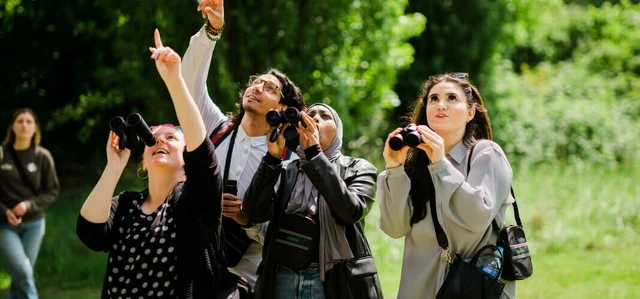
What's on
From major events to our range of walks, music and smaller events for adults and families, across the themes of nature, history and wellbeing. Whatever your interests, there's something for you in the Royal Parks all through the year.
Upcoming events
There's something for everybody at the Royal Parks. Explore our latest events below.
-
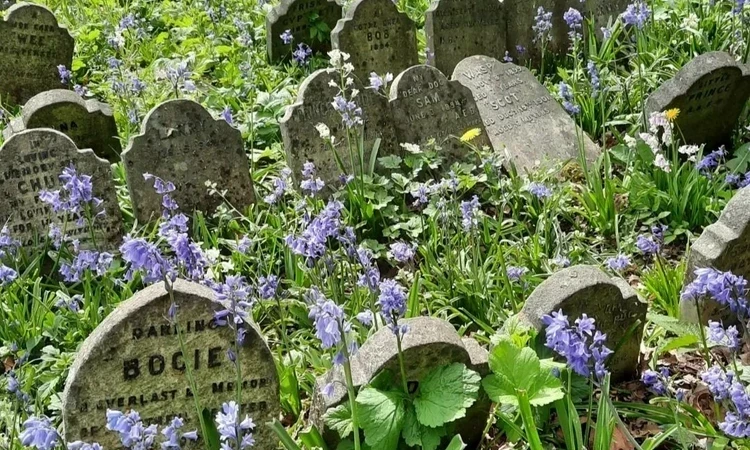 Paid
PaidHidden Stories of Hyde Park Walking Tour
Join us for a walking tour around Hyde Park, with exclusive access to the hidden Pet Cemetery.
-
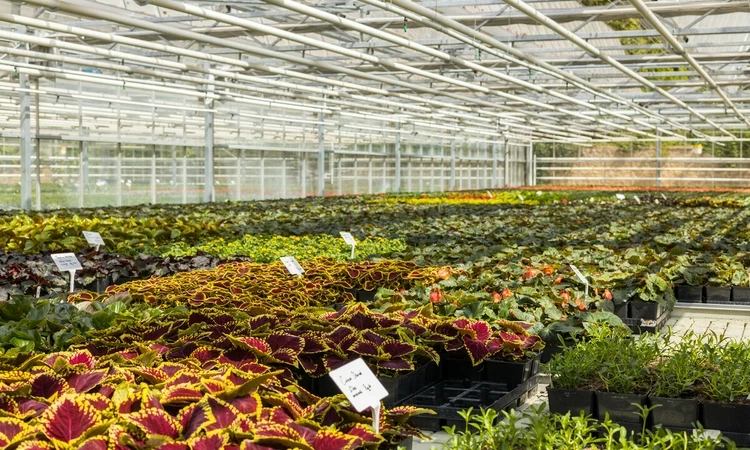 Paid
PaidHyde Park Plant Nursery Experience
An exclusive behind the scenes tour of the Hyde Park Nursery and Masterclasses from The Royal Parks' team.
-
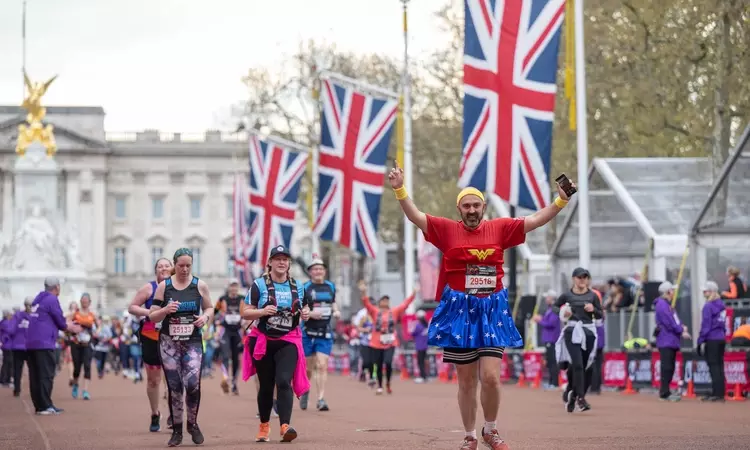 Paid
PaidTCS Mini Marathon & London Marathon
The TCS London Marathon returns on Sunday 21 April
-
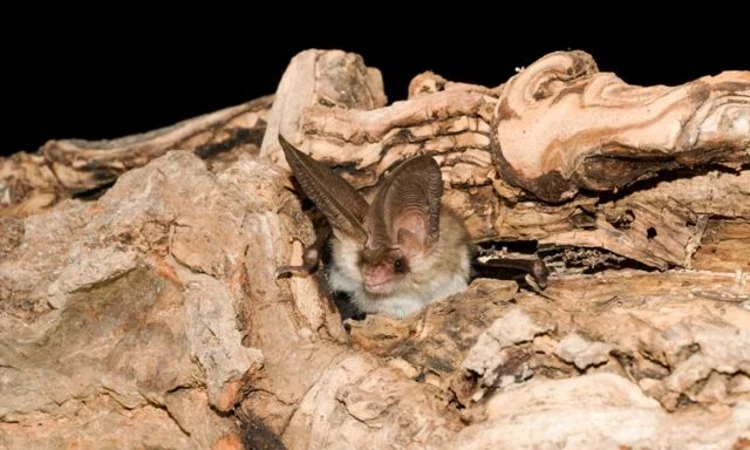 Paid
PaidBat Walk
Use bat tracking equipment to learn about the different bat species that call Hyde Park and Kensington Gardens home.
-
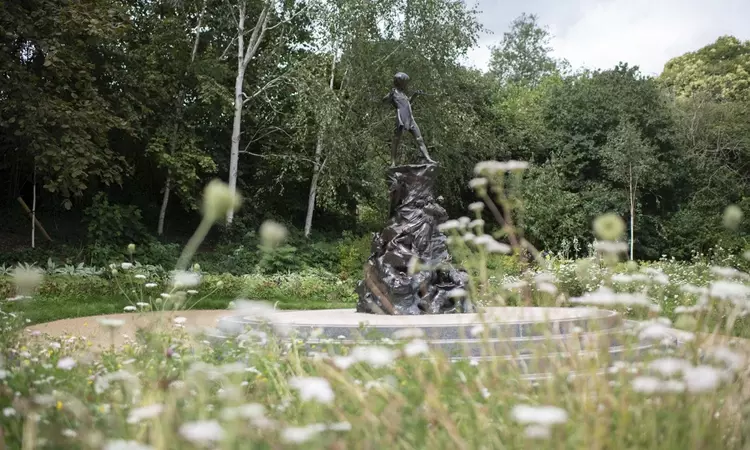 Paid
PaidHidden Stories of Kensington Gardens Walking Tour
Join us for an introduction to beautiful Kensington Gardens including exclusive access to the Albert Memorial.
-
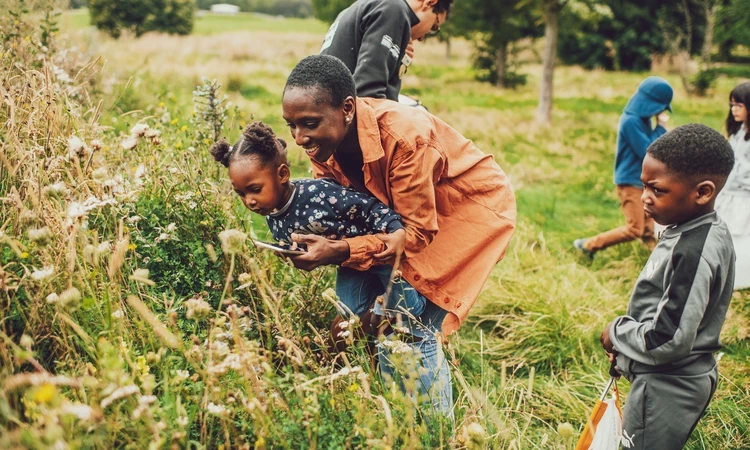 Free
FreeCity Nature Challenge
Discover wildlife in your local area and help scientists understand more about urban nature.
-
 Paid
PaidBat Walk
Use bat tracking equipment to learn about the different bat species that call Hyde Park and Kensington Gardens home.
-
 Paid
PaidBat Walk
Use bat tracking equipment to learn about the different bat species that call Hyde Park and Kensington Gardens home.
-
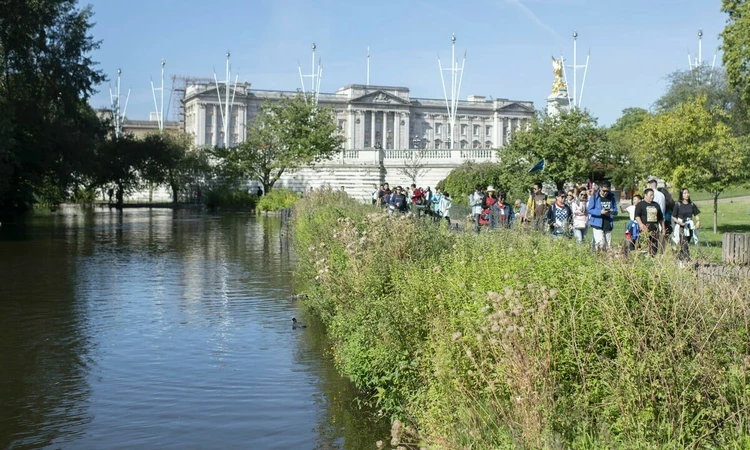 Paid
PaidHidden Stories of St. James's Park Walking Tour
Join us for a walk through St James's Park, learning about its history and incredible wildlife, with exclusive access to Duck Island.
Discover events and activities run by the parks' Friends
-
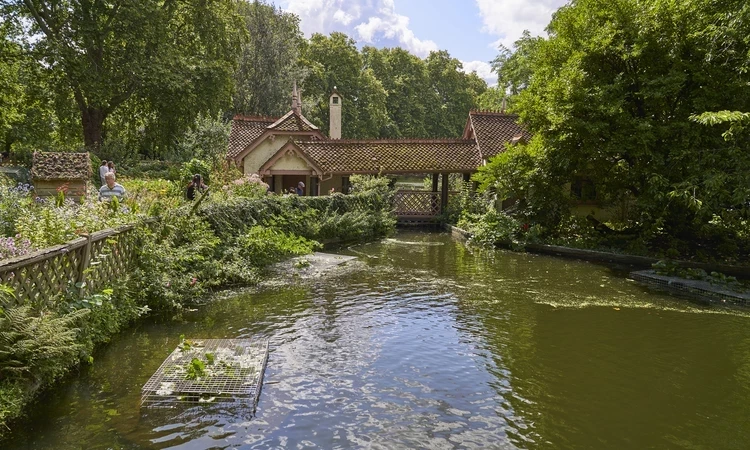
The Thorney Island Society
Friends of St. James's Park and The Green Park
